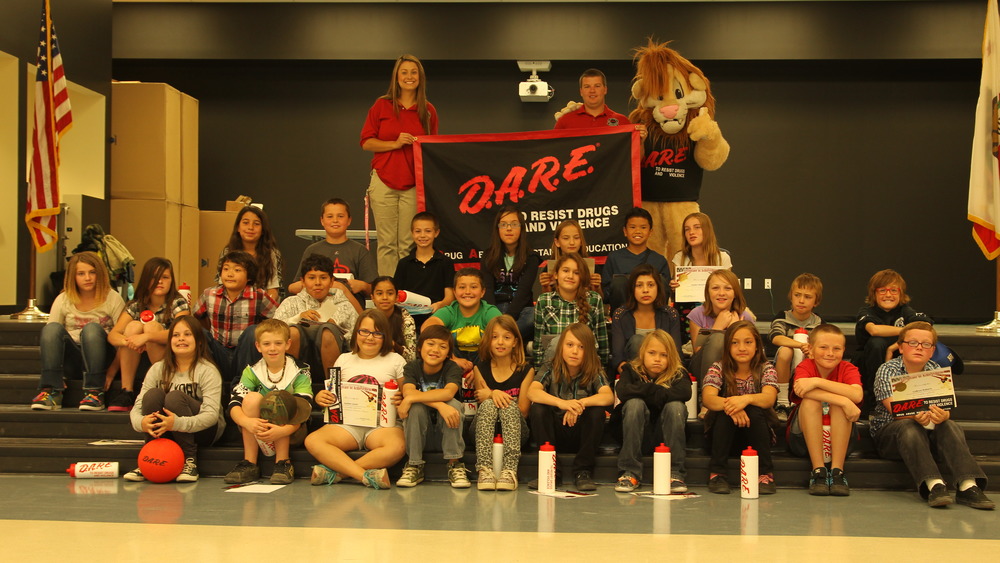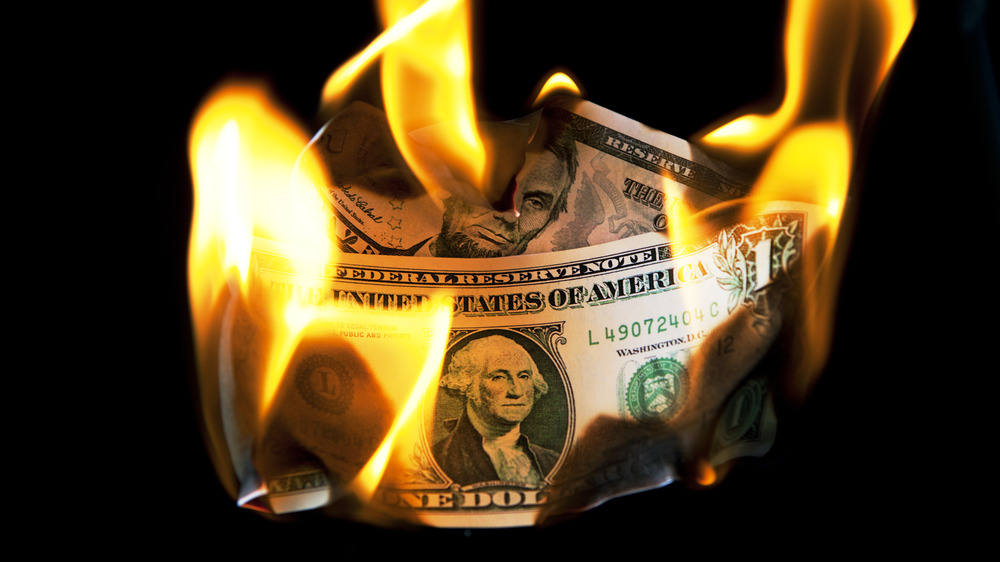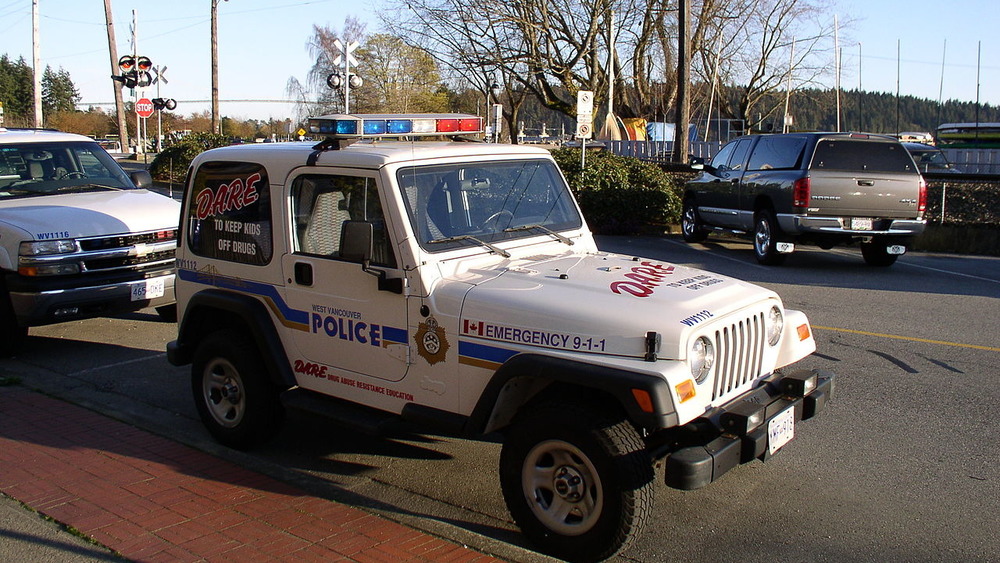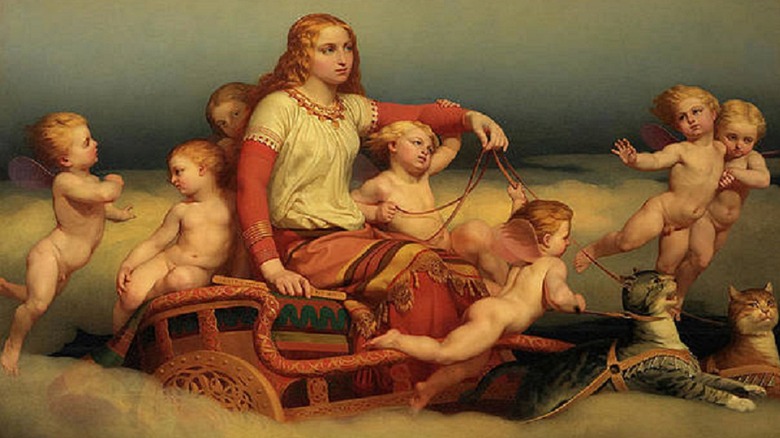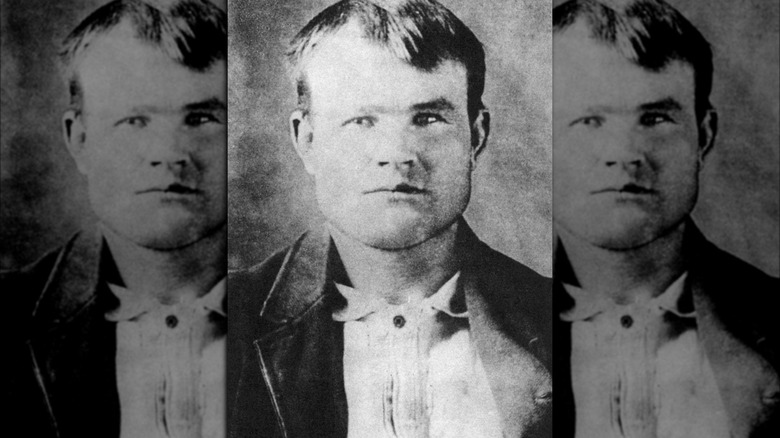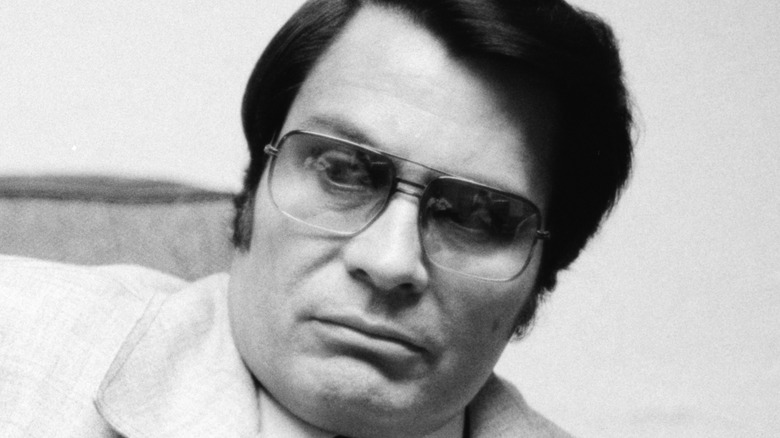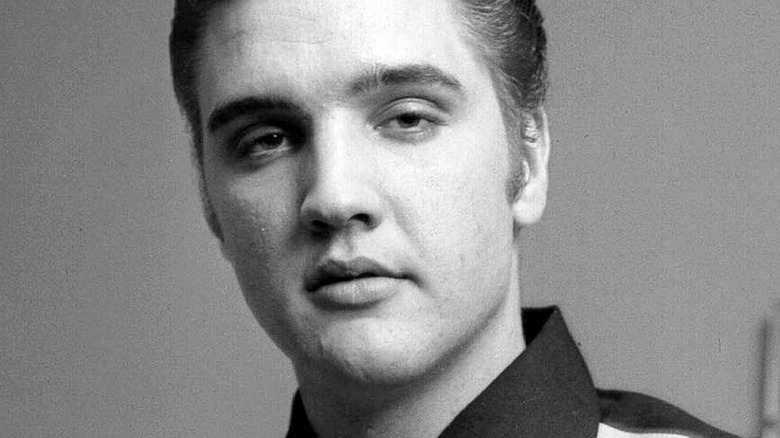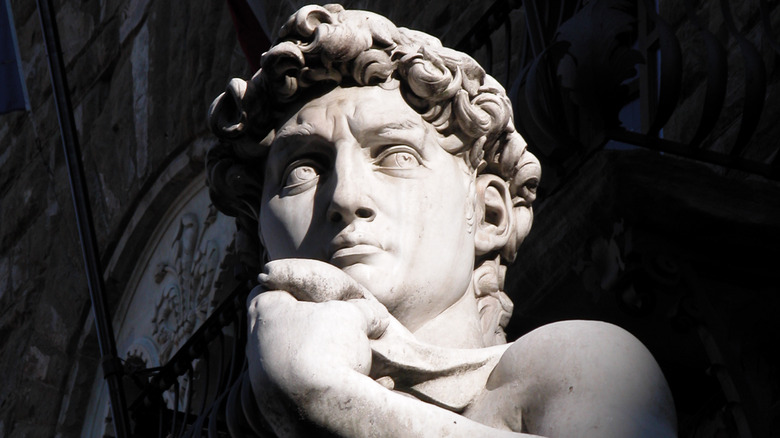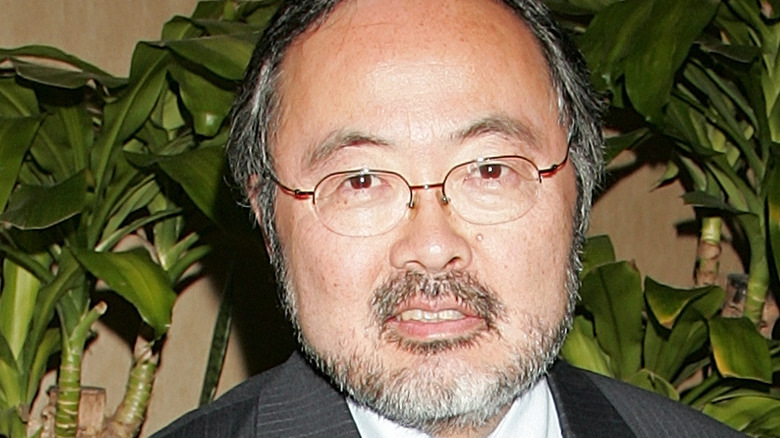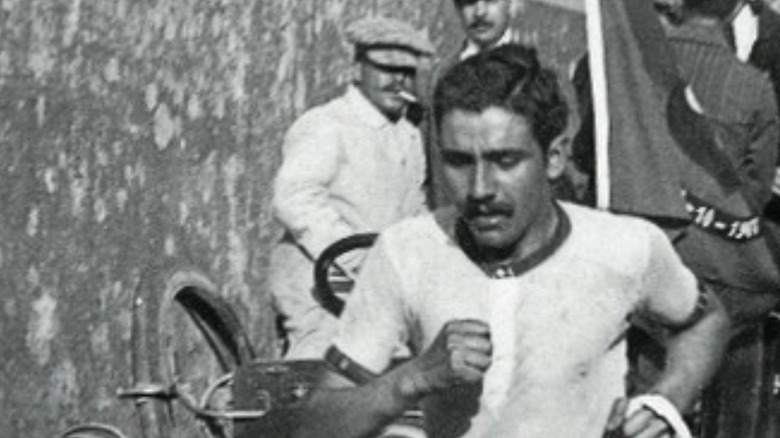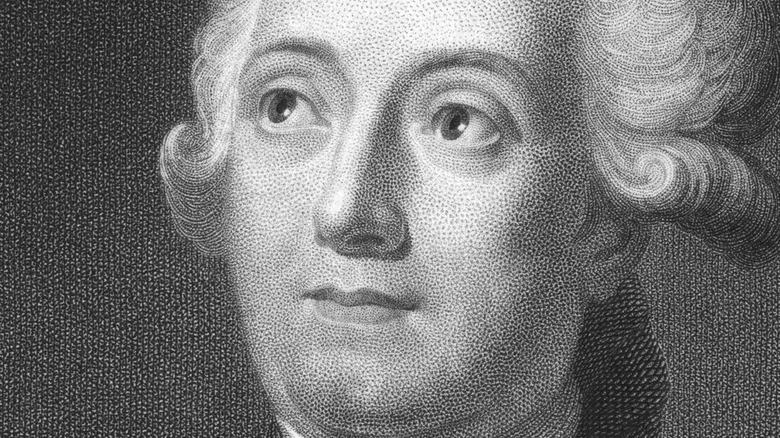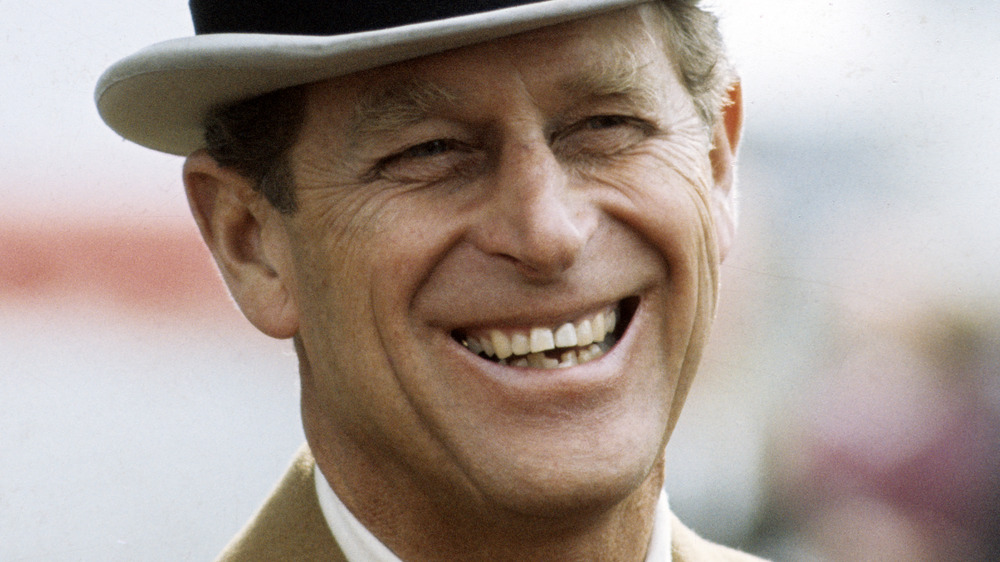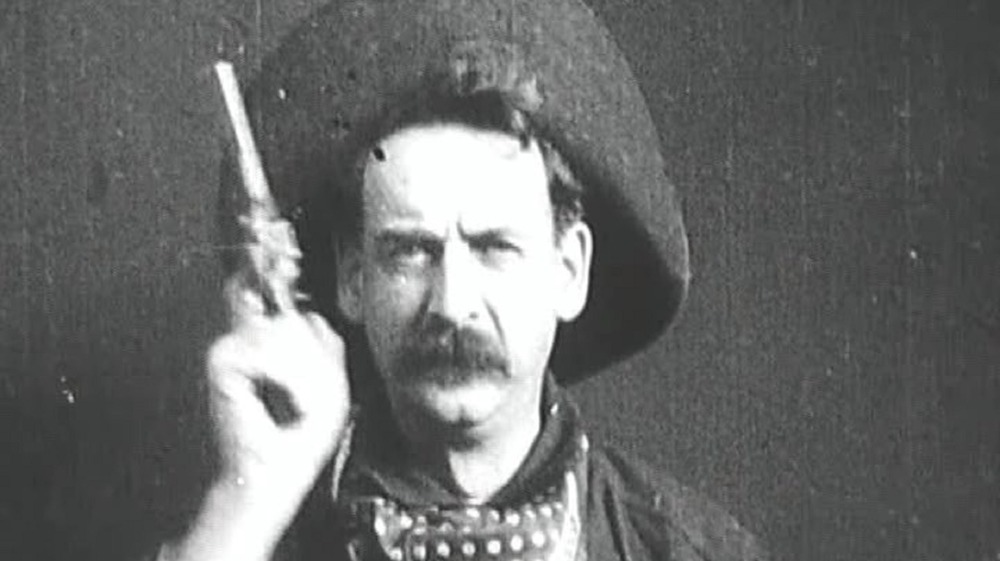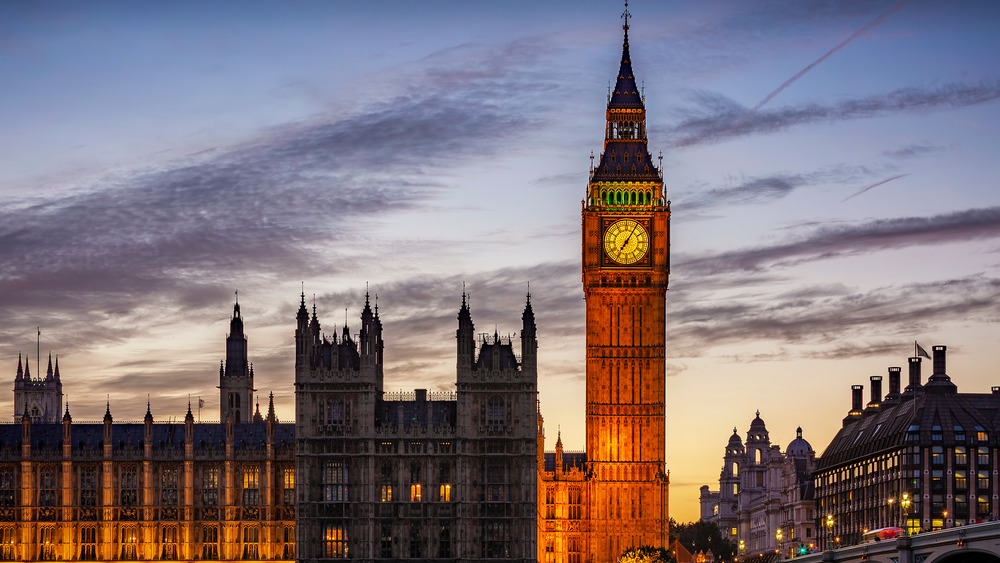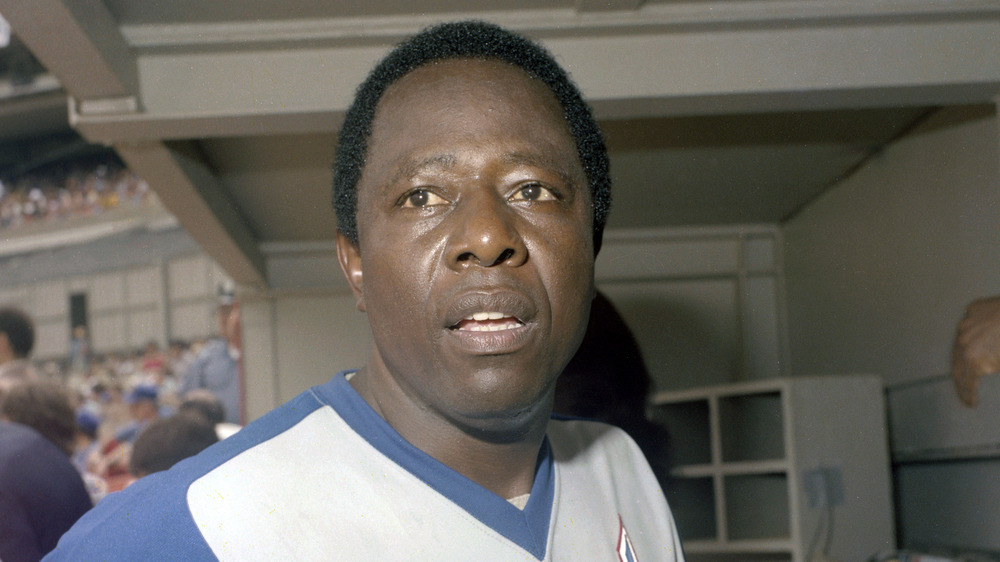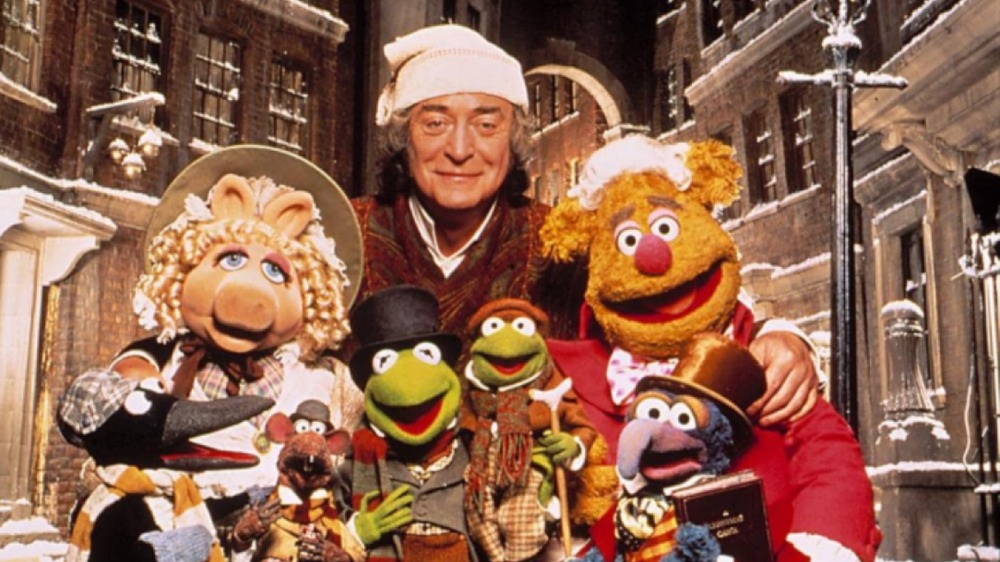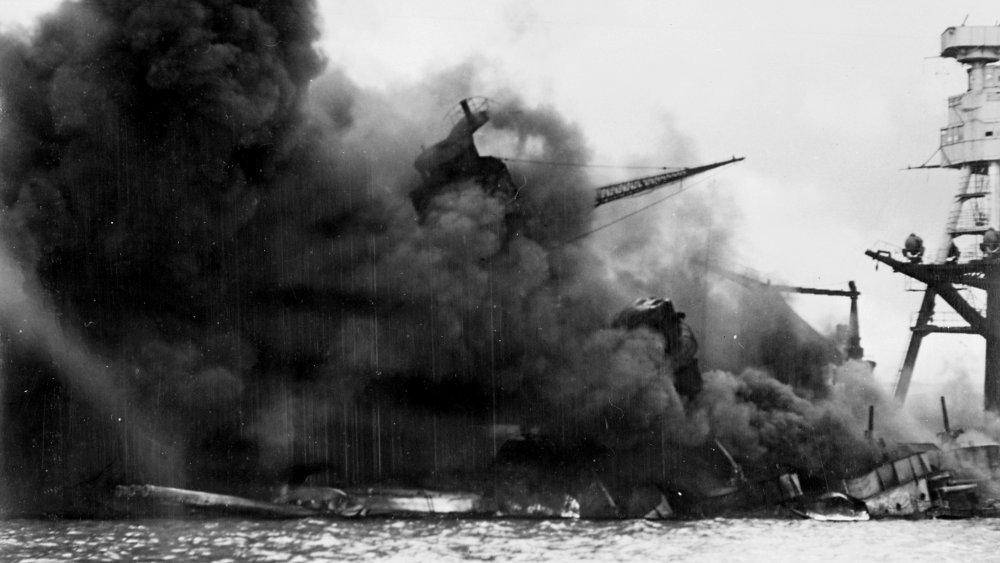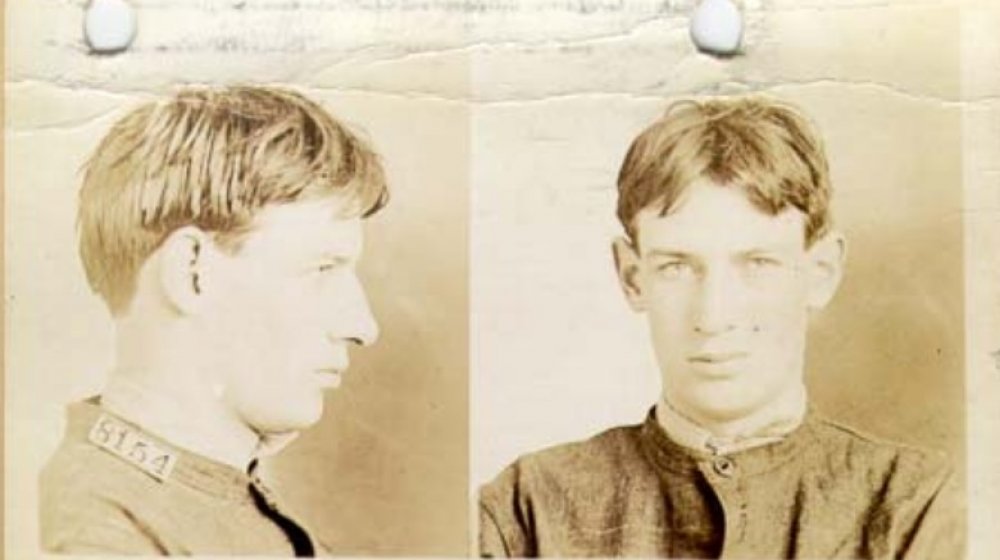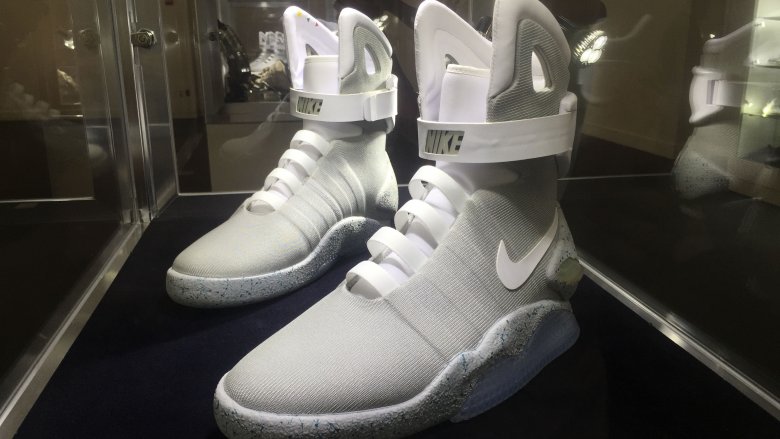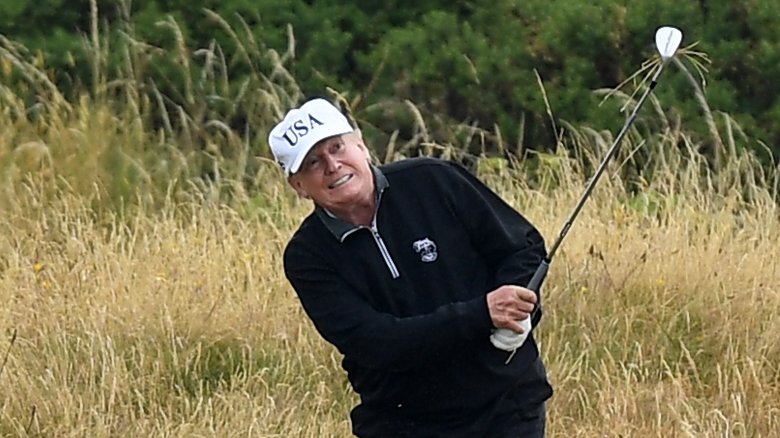
The Real Reason D.A.R.E. Never Worked
Few things can be considered a complete waste of money, but the D.A.R.E. program in America is likely one of those things. And the weirdest thing is that it wasn’t some big revelation afterward. Per Newsweek, some people thought that D.A.R.E. wouldn’t work almost since its inception, but that didn’t stop parents or the government from throwing their money at D.A.R.E. for almost 30 years.
Hundreds of millions of dollars were spent on D.A.R.E., but studies repeatedly found that the program did little-to-nothing toward reducing teen drug abuse. In response, D.A.R.E. claimed that those studies were pro-drugs and Glenn Levant, a former LAPD officer who was also a D.A.R.E director, once told the LA Times that “knocking D.A.R.E. is like kicking your mother or saying that apple pie doesn’t taste good,” per Priceonomics.
D.A.R.E. was even created by a police officer. Daryl Gates, the LAPD’s chief of police, was initially using undercover cops on school campuses to entrap students, and he was shocked at how easy it was to purchase drugs from them. From this, Gates and Ruth Rich joined forces to create a drug abuse prevention program that incorporated police officers. This is likely the real reason D.A.R.E. never worked.
What was D.A.R.E.?
From 1980 to the late 2000s, D.A.R.E. programs infiltrated schools across the United States. During its peak, 75 percent of American schools had a D.A.R.E. program. Standing for Drug Abuse Resistance Education, according to The Washington Post, D.A.R.E. consisted of 17 one-hour lessons at its peak, where police officers came into classrooms and spoke to students about the dangers of drug abuse.
The two main cornerstones of the program were “self esteem and resistance,” and the sessions soon became popular among both parents and teachers. Teachers enjoyed having a break from teaching, while parents were “eager to find an easy solution to the problem of juvenile drug abuse.”
Targeted toward fifth and sixth graders, according to Scientific American, the original curriculum of D.A.R.E. was shaped by police officers rather than actual prevention specialists. And instead of engaging the students with interactive activities, often police officers would merely lecture students for 45-60 minutes, trying to drill in the idea that drugs are bad. Ideally, if students have high self-esteem, then they can resist any temptation to use drugs.
How much money went into D.A.R.E.?
D.A.R.E. was first implemented in Los Angeles schools in 1983 and by the mid-90s, it had become a national organization. After a study from the National Institute of Justice in 1986 claimed to find that D.A.R.E. had “short-term results,” per Priceonomics, D.A.R.E. started receiving an outpouring of funding.
In 1986, Congress also passed the Drug-Free Schools and Communities Act of 1986, which allocated 10 percent of its funding for “police-staffed” D.A.R.E. programs. According to Reason, D.A.R.E. estimated its own costs to be around $200 million annually in 1995, but estimates range as high as $700 million.
And since local fundraising was also such a big part of the D.A.R.E. program, it’s actually impossible to know exactly how much money D.A.R.E. raised for itself during its tenure across the United States. But according to The Washington Post, by 2012, D.A.R.E.’s budget had shrunk to $3.5 million.
D.A.R.E. also had all kinds of merchandise, although not all of them panned out exactly the way D.A.R.E. had hoped, like the infamous “Do Drugs” pencils.
Did D.A.R.E. work?
Almost from the moment D.A.R.E was studied, people realized that it didn’t work the way it claimed to work. But that didn’t stop D.A.R.E. from continuing to grow and trying to discredit every study that reported on its ineffectiveness.
Although D.A.R.E. claimed that students who went through their program were less likely to use drugs, these claims were based on self-reported data from sixth grade students who would say that they weren’t going to use drugs because of D.A.R.E. But the program never actually tracked if this disinterest in drugs actually lasted. And at the end of the day, the demographic that D.A.R.E. was targeting already wasn’t abusing drugs at a high risk, so D.A.R.E. was having a minimal effect on an already low number.
According to The Washington Post, there was a wave of studies in the early 1990s that found that there was no evidence that D.A.R.E. was actually reducing teen drug use/abuse. The final nail in the coffin was the D.A.R.E. study launched by the former General Accounting Office that found “‘no significant difference in illicit drug use between students who received D.A.R.E’ and those who didn’t.”
Why didn't D.A.R.E. work?
Not only were the boring lectures by policemen ineffective, but often they involved simply berating students not to use drugs and bombarding them with claims about the dangers of drugs. Sometimes, students ended up having older relatives who used drugs and they knew that police officers were hyperbolizing their claims, which sometimes resulted in a “boomerang effect,” where students who’d participated in D.A.R.E. were actually more likely to use drugs.
D.A.R.E. programs were mostly the same nationwide. They focused on resisting peer pressure and didn’t address the experiences of most students across the country, which more often involved being invited to sell drugs to help make money or being surrounded by older influences. In this way, D.A.R.E.’s curriculum only really considered white suburban teenagers.
According to Scientific American, although behavioral scientists were suggesting different approaches as early as 1998, D.A.R.E. wouldn’t adopt them until more than a decade later. Once legislation was introduced that mandated that drug prevention programs be “evidence-based,” D.A.R.E. was forced to concede and change their policies into ones that were actually proved to have an effect.
With this, D.A.R.E.’s curriculum was shifted into a program called “keepin’ it REAL.” And rather than being an “anti-drug” program, it’s “centered on decision-making skills.”
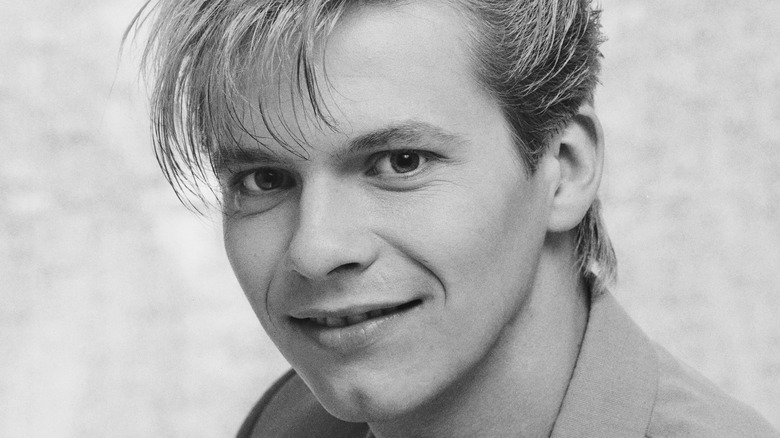
The Real Reason Andy Taylor Left Duran Duran In The '80s

What Really Happens To Your Body When You Fall To Your Death
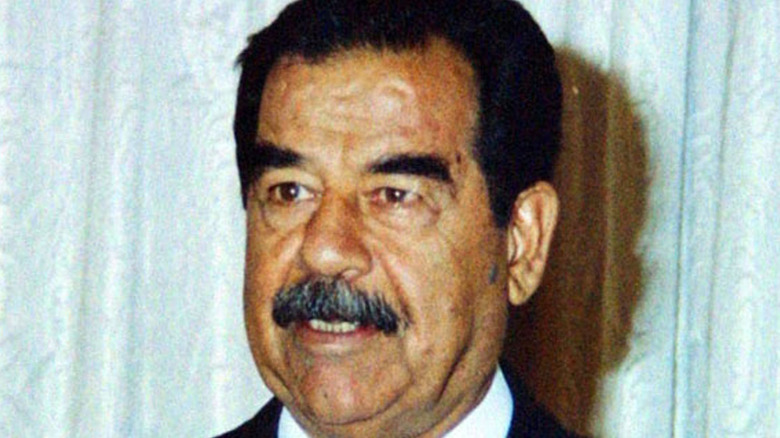
The Truth About Saddam Hussein's Forbidden Blood Qur'an

The Forgotten History Of The Swimmobile
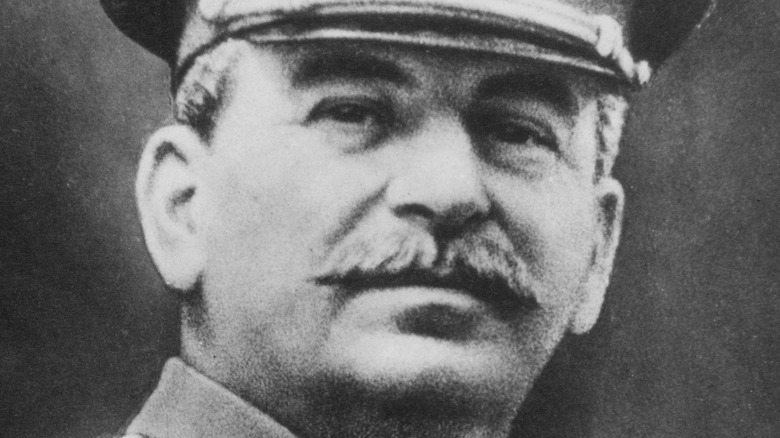
Here's How Joseph Stalin Would've Looked In Color
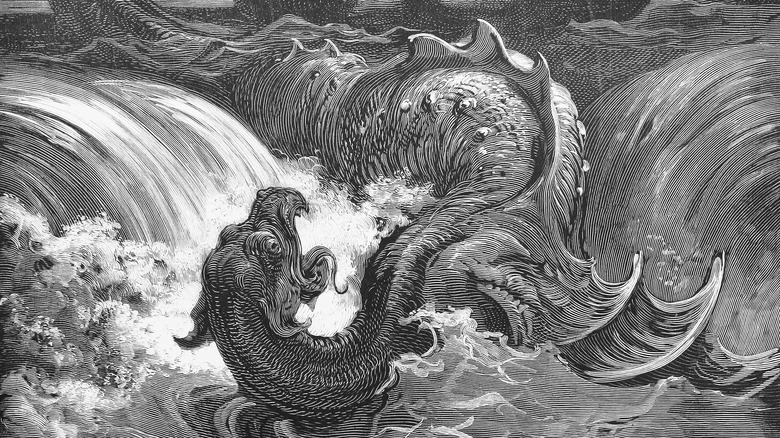
The Meaning Of The Leviathan In The Bible Explained
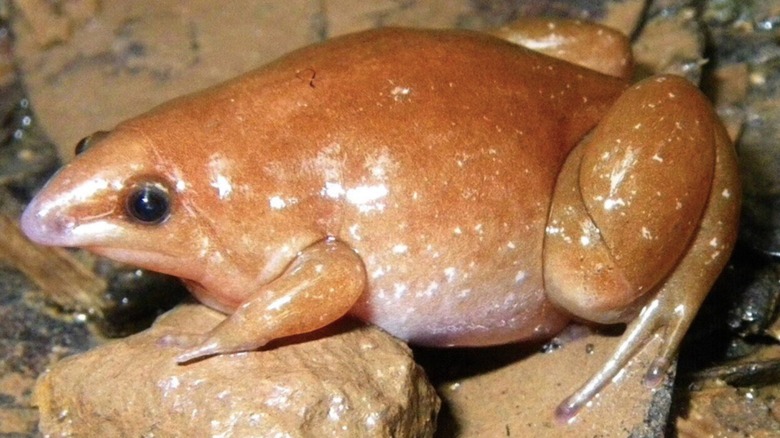
What You Didn't Know About The Newly Discovered Zombie Frog
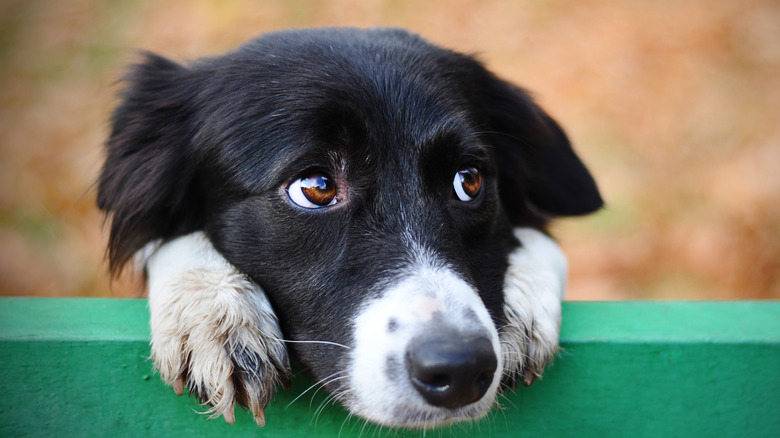
Here's What Would Happen To Dogs If Humans Suddenly Went Extinct

Why You Might Want To Prepare For The US Power Grid Going Down
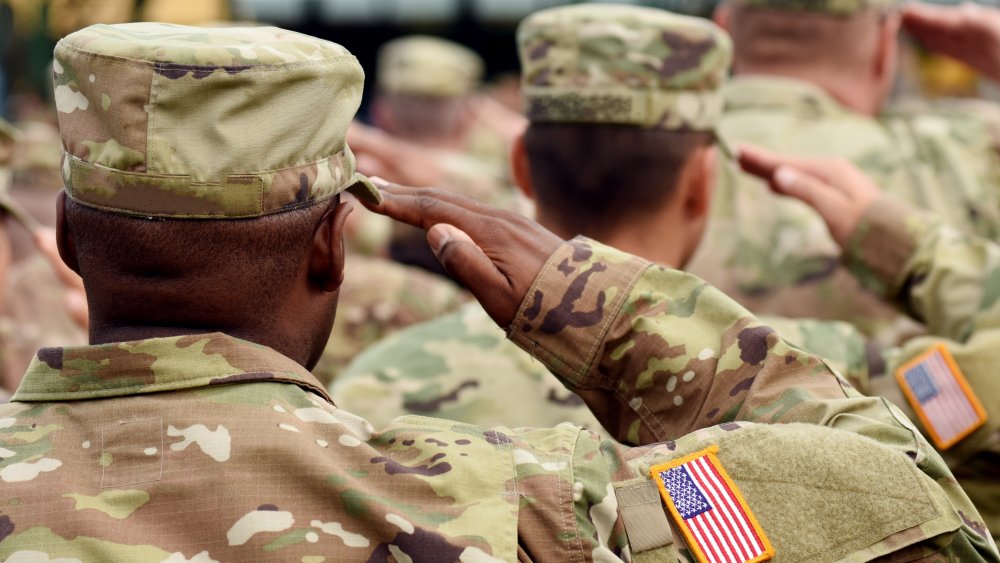
What It's Really Like To Be A Student At West Point
